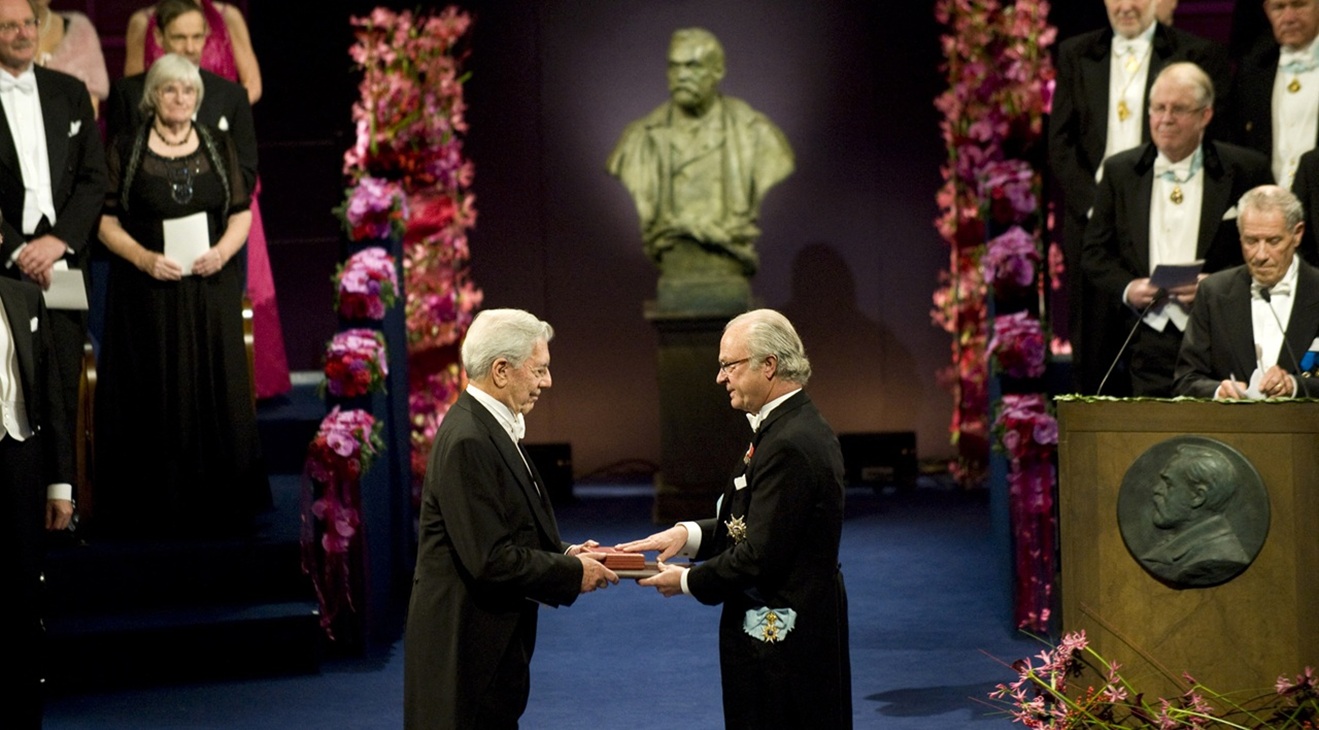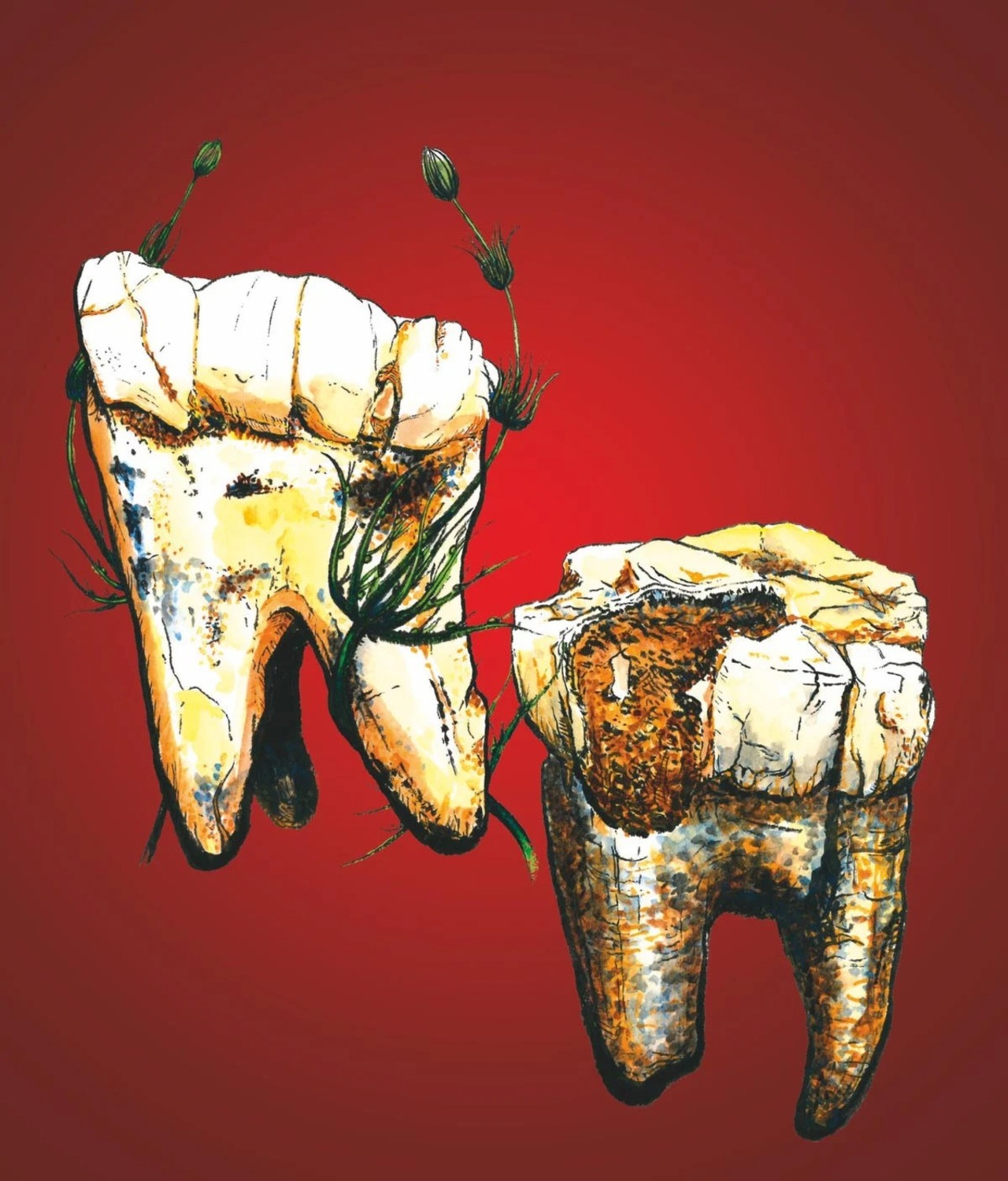
How Chicago became a Latina metropolis
Mike Amezcua tells how Mexican immigrants and Mexican Americans helped transform communities in the Windy City.
The child of immigrants from Mexico, Mike Amezcua was born and raised in Los Angeles, California. But the city that has been at the forefront of his mind in recent years has been Chicago. Amezcua, currently assistant Professor of History at Georgetown University, is the author of Making Mexican Chicago: From Postwar Settlement to the Age of Gentrification (University of Chicago Press, 2022), where he explores how Mexican immigrants and Mexican Americans helped transform communities throughout Chicago in the second half of the 20th century.
“Studying the history of Mexican communities in Chicago offers a different way to think about American segregation that is different from the usual racial binary approach that has often been used to tell this story,” he told AL DIA. “Chicago, of course, is infamous for its segregation of African Americans, in the past and the present, but it was also a city that helped create, really invent, a third housing market; not just Black or white, but Latino,” he added.
As a historian of the modern United States, Amezcua is interested in the history of Latina/o/x communities, in particular, “the ways in which immigrants and disenfranchised peoples engage, customize, and transform the built environment, but also to explore how the built environment is a larger manifestation of racial capitalism, economic exploitation, and immigrant and disenfranchised labor,” he explained to AL DIA.
In his book, he mentions some Latino characters that were key in the development of Chicago. This is the case of Anita Villarreal, one of the first Latina real estate agents in the city, who looked to grow her business by becoming an expert in both housing in the city and immigration from Mexico.
“She understood that she could make a big impact, and a fortune, if she was able to sell and rent homes to arriving Mexican immigrants and those looking to start businesses,” Amezcua said. Through her efforts (considered controversial at the time), “she opened up formerly all-white neighborhoods to Mexican immigrants and Mexican Americans, and in a few short years, transformed entire neighborhoods.” She did this in the 1950s, 1960s, and 1970s.
RELATED CONTENT
“Another reason that she is so important is that she becomes a trailblazer in Chicago politics, almost like a kingmaker in Mexican Chicago. Every Chicago politician made sure to take photos with her and get her blessing before campaigning in Latino neighborhoods to earn their support,” the professor said. In many ways, “she represents the complexities of Latino politics, on the one hand she is a trailblazer in the fight against housing discrimination, but she was also someone who grew to accommodate the white power structure of the political machine which for decades disenfranchised Latinos,” he added.
The mechanics of segregation
While his book is about Chicago, Amezcua believes readers would come away understanding the mechanics of Latinx segregation and housing discrimination in the American city.
“These issues are often rendered invisible because Latinx neighborhoods are seen as ‘hip,’ ‘desirable,’ and ‘trendy’ by young people who want to be associated with city living. Barrios are therefore romanticized by our current culture,” he said. “But Latinos are also consumers, homebuyers, and people who wish to live in places they deem desirable, with dignity, and fit for their families.”
Amezcua then recalled that Philadelphia was recently the site of a major lawsuit filed by the Department of Justice for housing discrimination against Latinos and African Americans. Latino Philadelphians looking to purchase homes in areas not viewed as a “Latino area” were routinely denied loans by a Philadelphia mortgage company that determined for itself what the demographics ought to be for specific neighborhoods, essentially manipulating the housing market in particular areas.
“This history can be found in Chicago as well, because the Windy City invented it, and its legacies live on,” he concluded.












LEAVE A COMMENT: